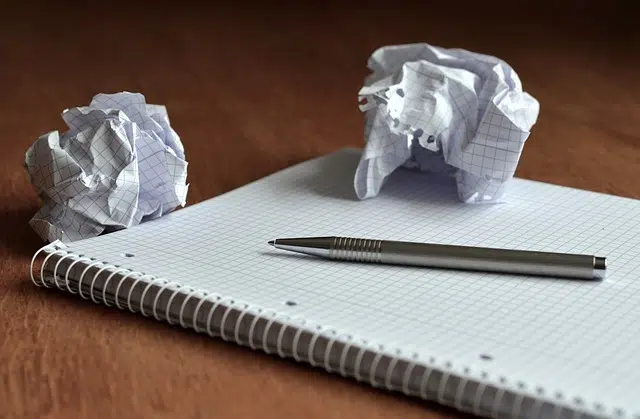
In an investigation, the field diary allows you to record facts that can be interpreted.
The field diary is an instrument used by researchers to record those events that can be interpreted . In this sense, the field diary is a tool that allows experiences to be systematized and then analyze the results.
Each researcher has their own methodology when carrying out their field diary. These may include developed ideas, isolated sentences, transcriptions, maps and diagrams , for example. The important thing is that you can put into your diary what you see during your investigative process and then interpret it.
Stages in the development of a field diary
There are many pieces of advice that professionals in the scientific field give about what it would be like to make a field diary. However, the general steps that are usually established in this sense are to begin by carrying out a general observation, record everything that is seen in that first contact (smells, sounds, weather, actions...) and describe the sensations and impressions that occur to you. what those elements cause to the scientist who is making that aforementioned diary.
However, for this document to be complete, exhaustive and useful, it is also recommended to include conclusions, differentiate what are the general elements from the elements of the study or note the observation periods in a chronological manner.
And all this without forgetting that it is very important that the diary is developed through clear writing that is faithful to what is being observed. But yes, with the personal style you have because at the end of the day this diary is a document that will be useful to the author himself.

The field diary is built from the subjectivity of the researcher.
The subjectivity of the researcher
Of course, what is recorded in the field diary will not be reality itself, but reality seen through the eyes of the researcher, with his perceptions and worldview. Subjectivity comes into play from the moment the facts are recorded, and not only in their interpretation. That is why it can be said that, even if two researchers work together on the same topic, the field diaries of each of them will be different.
Specialists recommend that the field diary be divided into two columns . In this way, the researcher can include on one side what refers to the observations he makes and, on the other, his impressions or conclusions. It is also recommended that, after the day , the researcher meets with his co-workers to share ideas that can be included in the journal.
From a field diary to a book
It must be taken into account that the field diary is usually the first step of the essays, reflections and books on the research in question.
Researchers who have to carry out their first field diary should know that there are manuals or books on the market that explain in a simple and very clear way how they can carry out this task. This would be the case, for example, of the work titled "Field Diaries" which was made by Juan M. García Jorba. In it, the reader is not only able to learn how to prepare said document but also to better understand what the research process is.
